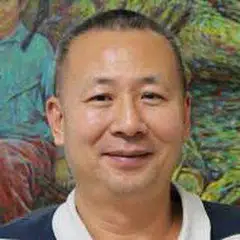[Photo story] The establishment of the People's Republic of China
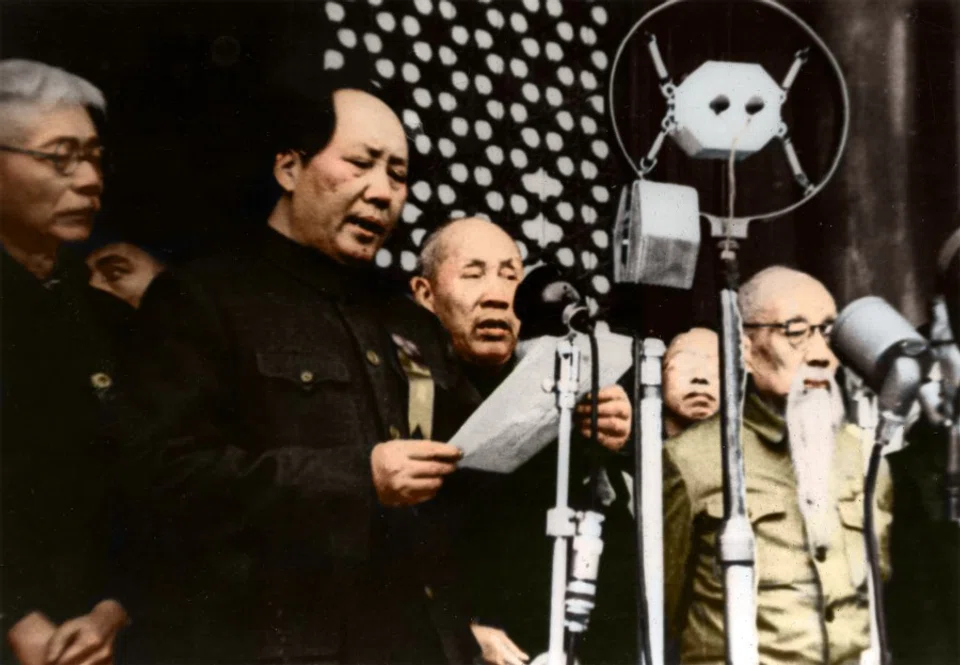
(All photos courtesy of Hsu Chung-mao.)
On 1 October 1949, from atop the Tiananmen city wall in Beijing, Chinese Communist Party (CCP) Chairman Mao Zedong led the ceremony establishing the People's Republic of China. At the First Plenary Session of the Chinese People's Political Consultative Conference (CPPCC), Chairman Mao declared: "The Chinese people, comprising one quarter of humanity, have now stood up." From that point, China was known as "New China" - before that, it was "Old China". What was the difference between new and old? And what did Chairman Mao mean by "the Chinese people have stood up"?
When World War II ended, the US and Soviet Union immediately entered a global power competition. China's Nationalist government, led by the Kuomintang (KMT), was close to the US in terms of ideology and geopolitics, but at this point, the CCP was much stronger than it was during the Second Sino-Japanese War eight years earlier, with over one million armed troops and control of northwest and northern China, as well as some rural areas in eastern China. In the last stages of WWII, Soviet troops occupied northeast China, and covered CCP troops as they entered the northeast. The Soviets also handed over to the CCP troops the weapons from about 600,000 Japanese troops, strengthening the CCP army exponentially practically overnight.
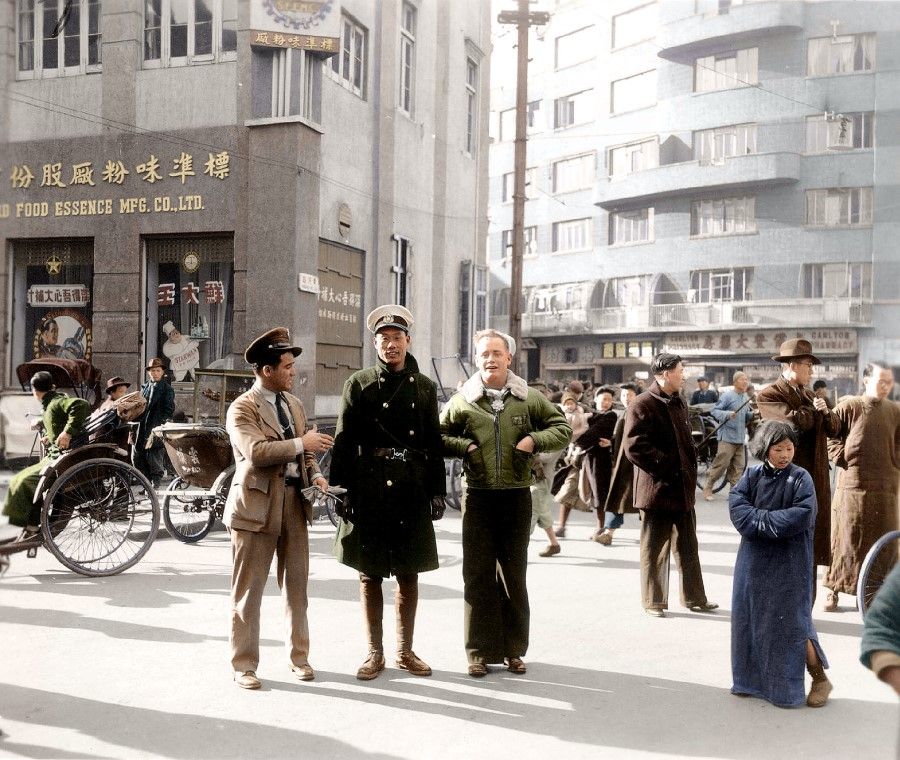
With the active intervention and help of the US, the KMT government responded by pushing for cooperation with the CCP to build a widely representative democratic government and nationalising the army, In November 1945, US President Harry S. Truman sent General George C. Marshall, US Army Chief of Staff during WWII, as special envoy to China to mediate military matters between the KMT and CCP.
A civil war breaks out
In May 1946, the KMT government moved the capital from Chongqing back to Nanjing. The CCP delegation also set up an office in the Meiyuan district, near the Presidential Palace, to facilitate discussions between both parties.
While on the surface, people from both parties were working towards peace and cooperating to build the country together, in fact, the friction between the KMT and CCP troops was intensifying by the day. In particular, in the northeast China theatre, the KMT and CCP armies were entering into large-scale fighting.
In early 1947, General Marshall acknowledged the failure of the mediation efforts, and the KMT government ordered the CCP delegation to leave Nanjing immediately. Soon after, the KMT army in Shaanxi launched an offensive on CCP headquarters in Yan'an, and full-scale civil war was inevitable.
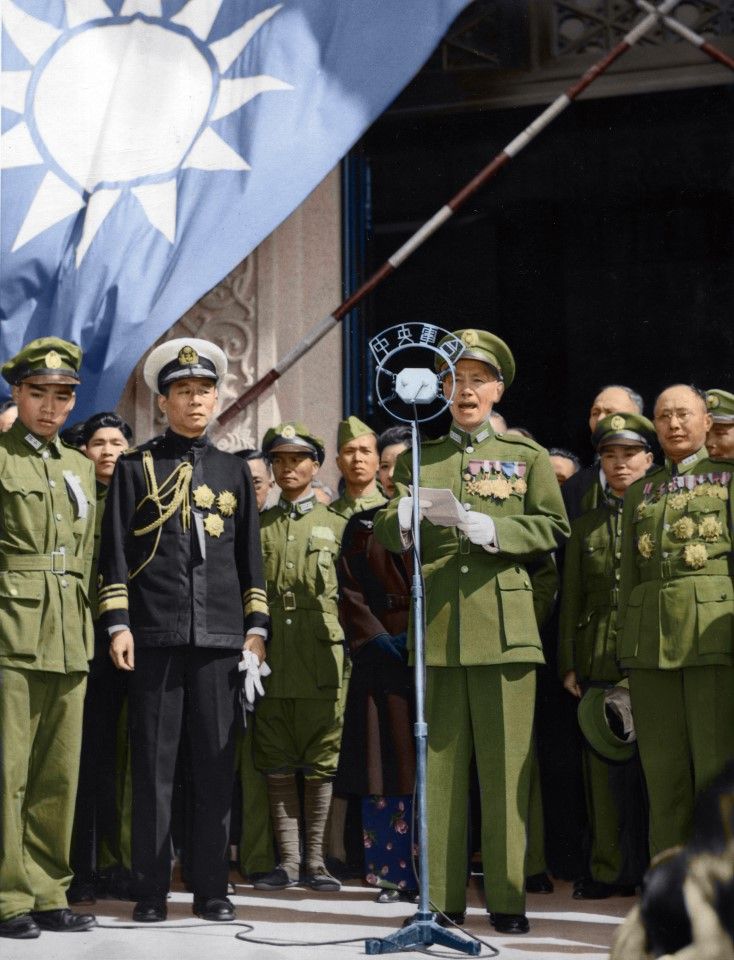

Not only did the KMT and CCP compete for power, they were also poles apart in terms of ideology. The KMT respected ownership of land and property, and sought to establish Western-style representative politics. Even though at this point the KMT was some distance away from a mature democracy, a constitutional democracy was the KMT's clear aim. On the other hand, the CCP advocated collective ownership of land and property. In line with Karl Marx's communist ideas of class struggle, the CCP wanted an armed revolution to overthrow bourgeois rule to establish communist party leadership, with proletariat workers as the main political power to establish an equal and perfect society without exploitation.

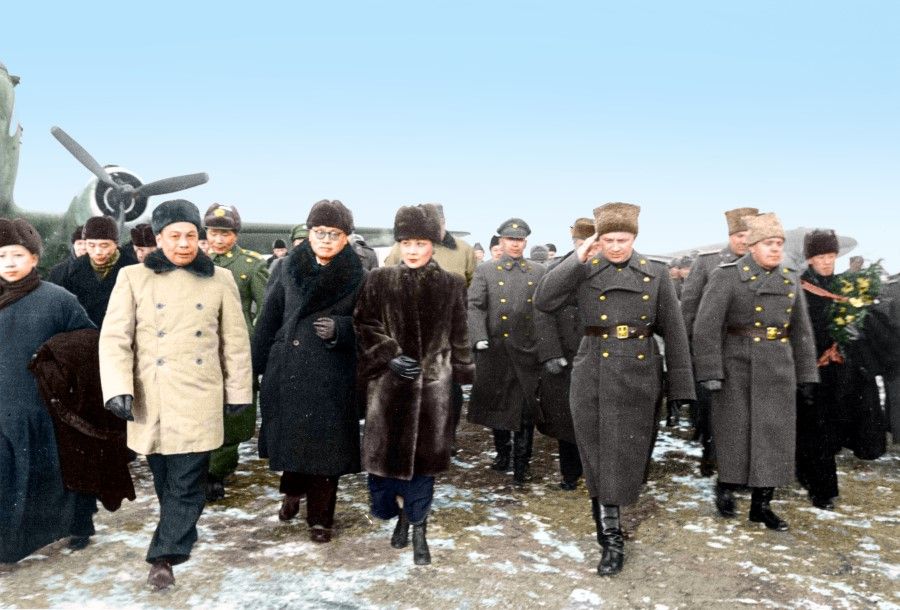
So, for the CCP, it was not just about pursuing political power, but a complete change of the social system and its underlying ideology. As for the method of revolution, Vladimir Lenin had set up the Bolshevik party-military system to recruit workers, to first gain revolutionary victories in the cities before sweeping the entire country. But Mao looked at China and felt it was still a backward traditional agricultural society that had not yet established modern capitalist industries, and the main social conflict was the extremely unequal distribution of land for farming and tools for production. A few major land owners rented land to the vast number of farmers, and enjoyed the results of exploiting these dirt-poor farmers who were unable to make ends meet.
Farmers and farm youth answered the call to arms
So, the revolution in China should call on the farmers to use armed force as the main method to force a redistribution of land. The CCP imitated the Soviet Union in setting up a strict party organisation and taking in the elite. It held frequent group meetings and removed "poisonous" capitalist ideas of selfish enjoyment through self-criticism, and built a proletariat world view of selfless service for the people.
Such a rite of mental self-reform carried shades of religious cleansing, and built a strong sense of bonding and dedication between CCP members. Within three years from 1942, Mao's Yan'an Rectification Movement had "educated" and homogenised the thinking of party cadres, and those who wavered had been removed, while Mao had established absolute power as the CCP's paramount leader.
After the war, the CCP's rigorous thinking and organisation immediately showed astonishing power in mobilising people. They fought land owners in farming villages and forced the distribution of land, tools and food to the farmers, then called on the children of farmers to join the CCP army to protect their newly gained benefits.
These troops made up of farmers' children held frequent sessions to "recall their suffering", where recruits recounted how they were oppressed by land owners, stirring up hatred towards capitalist enemies. Those in literature and the arts also drew on the farmers' resistance to oppression by land owners to create many plays and artistic works, to raise the morale of the CCP troops.
...the CCP formed a war machine with the party, leaders, army and the people as one, a complete political force never seen before in China.
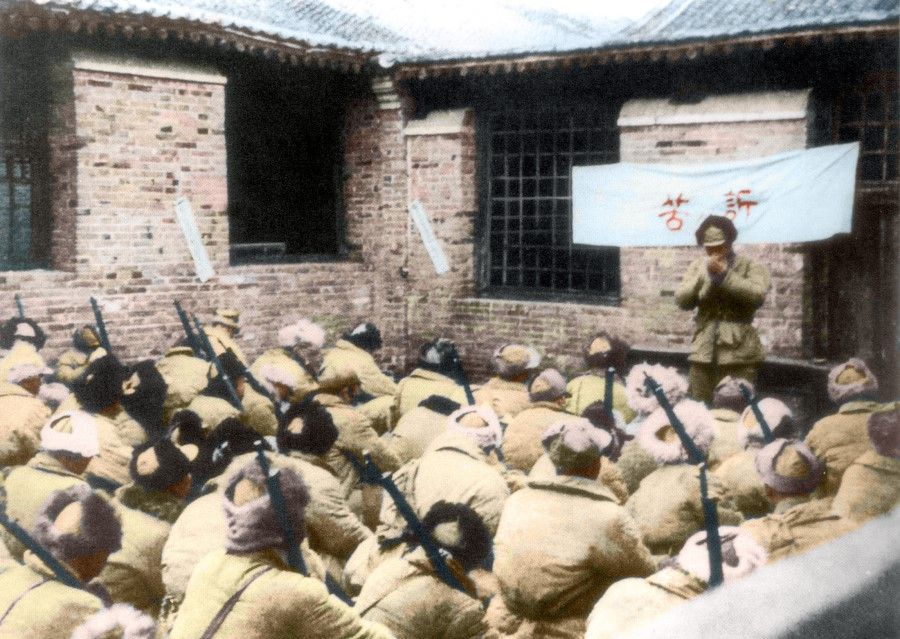
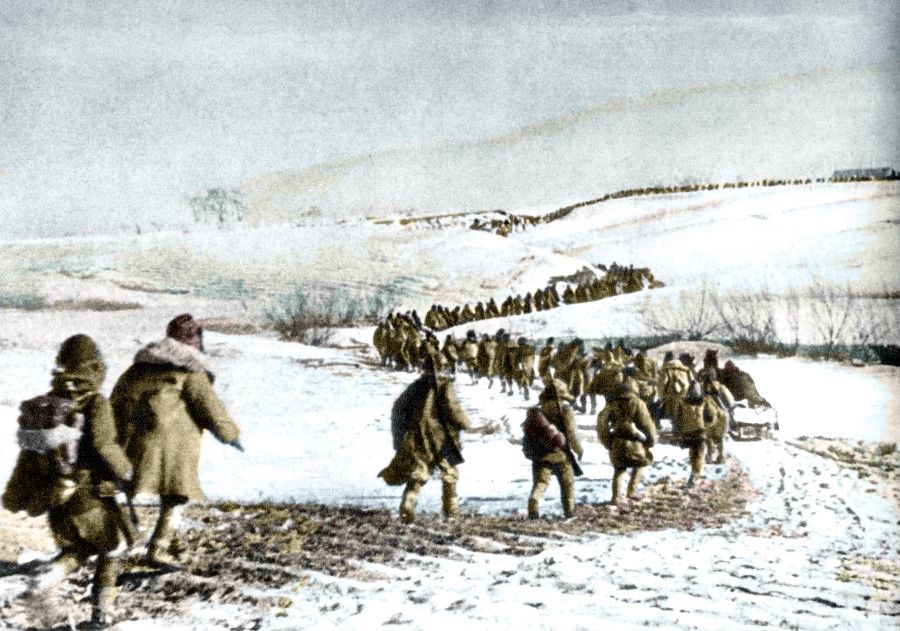
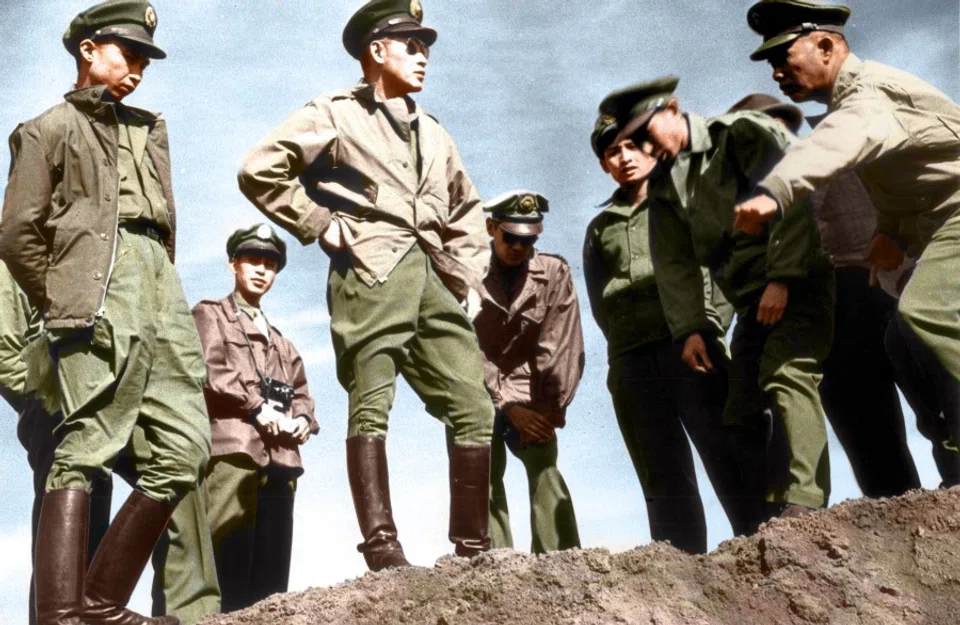
With the radical policy of distributing land, the CCP received the wide support of farmers, who joined the CCP army and contributed food and reported on enemy movements. To put it simply, the CCP resolved the three issues of manpower, food and intelligence at the same time.
And, once in battle, the CCP showed no fear of death. So, even though initially the CCP troops were fewer and less well equipped, they were quick to mobilise and were good fighters, and frequently won against superior numbers. In northern and eastern China, and the farming villages it held in the northeast, the CCP formed a war machine with the party, leaders, army and the people as one, a complete political force never seen before in China.
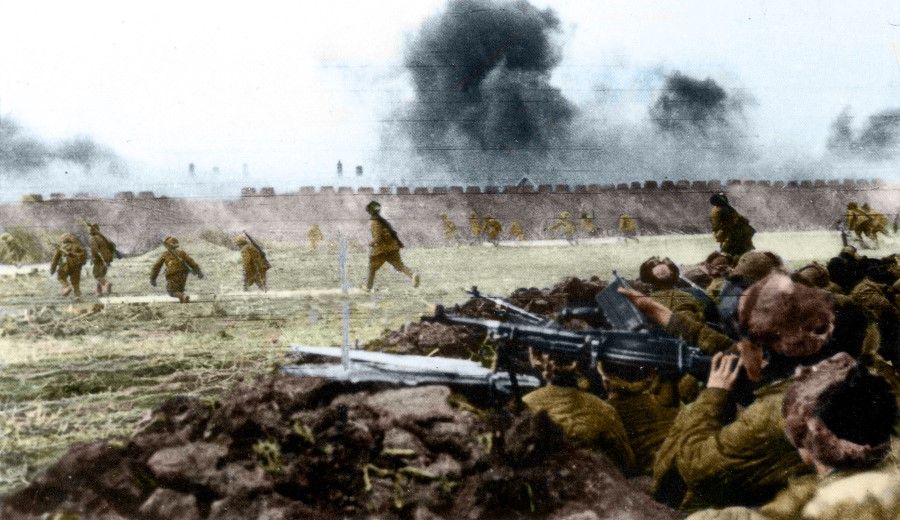

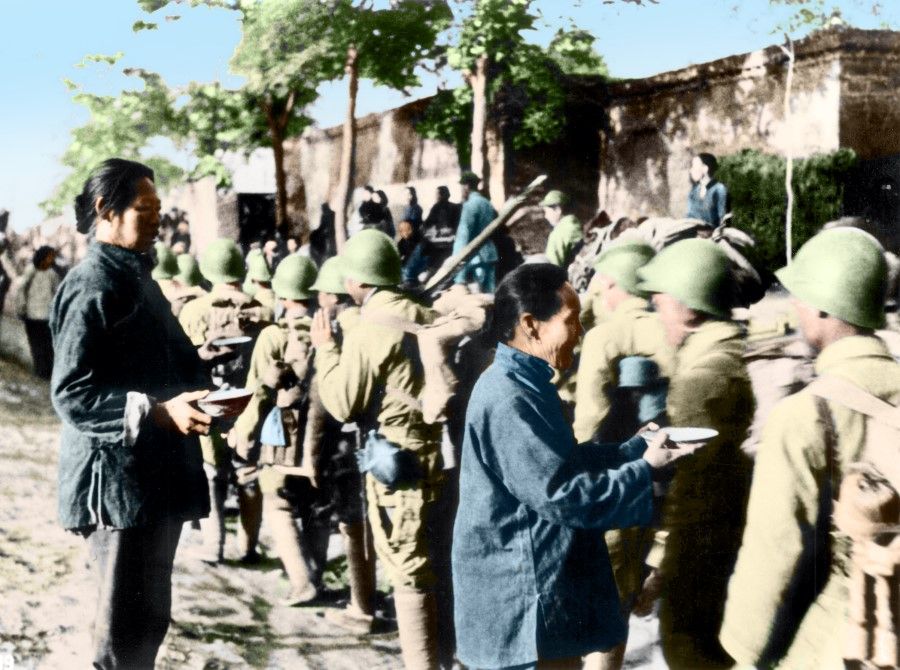
Nationalist government in chaos
In comparison, the KMT troops were more numerous and better equipped, but leadership was not focused and coordination was messy, which made it difficult to flexibly organise troops, and they were frequently defeated by the relatively superior CCP troops. Also, besides the elite troops under the direct command of the central government, many local troops were of uneven calibre, and there were frequent reports of inappropriate incidents of harassing the public.
Traditional bureaucracy was rife in government agencies, with frequent news of corruption, leading to unhappiness among the people. Compared to the strict CCP, the KMT started to go downhill politically and militarily.
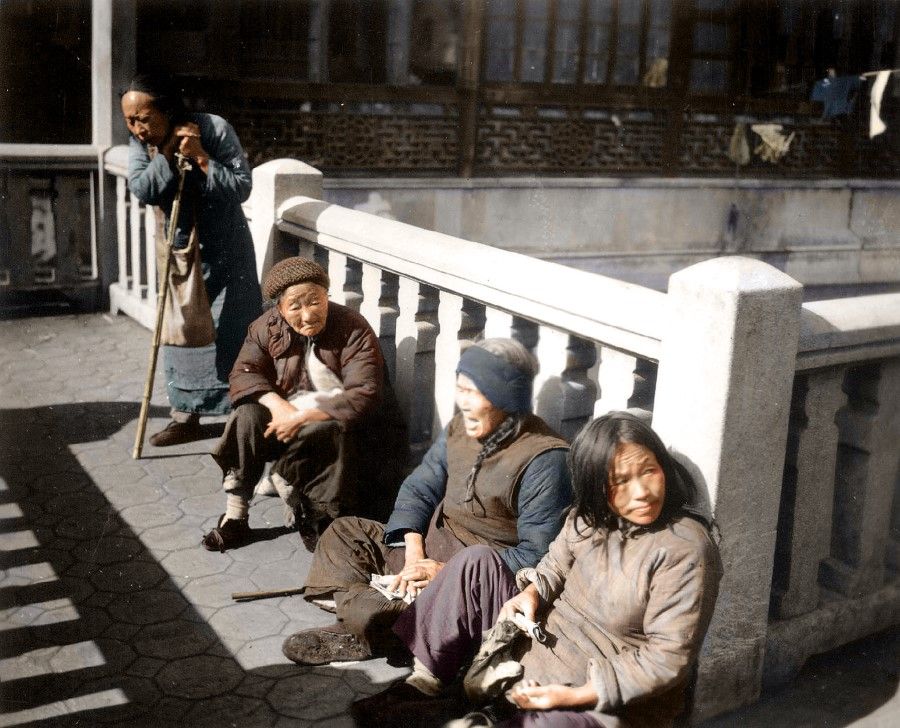
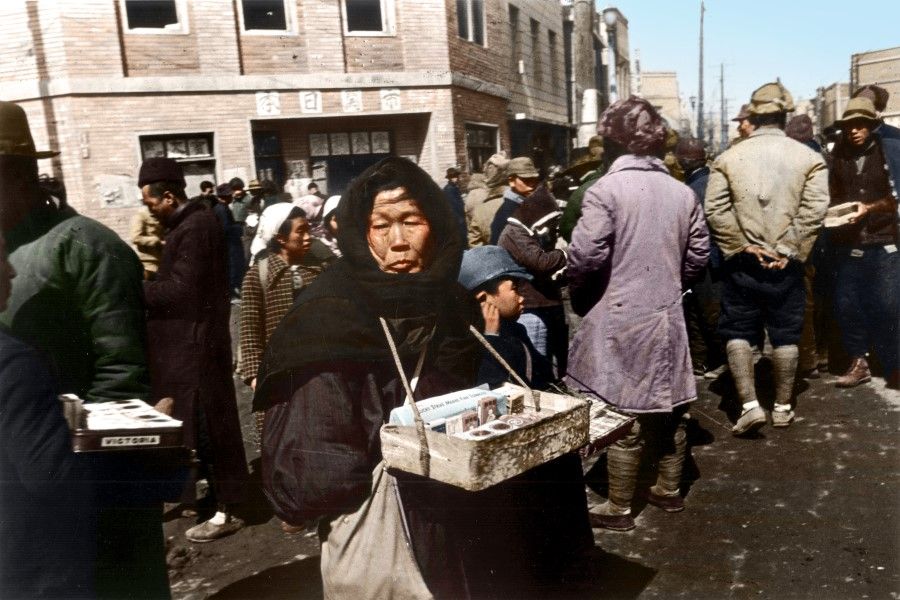

In 1947, the KMT army lost more battles than it won, and scaled back its nationwide offensive. The CCP occupied more rural areas and their troop strength grew, and the KMT and CCP entered a deadlock. In July of that year, the CCP army was officially named the People's Liberation Army (PLA). In line with Mao's plan of encircling the cities from the rural areas (农村包围城市), 1948 was a key period of development for both sides.
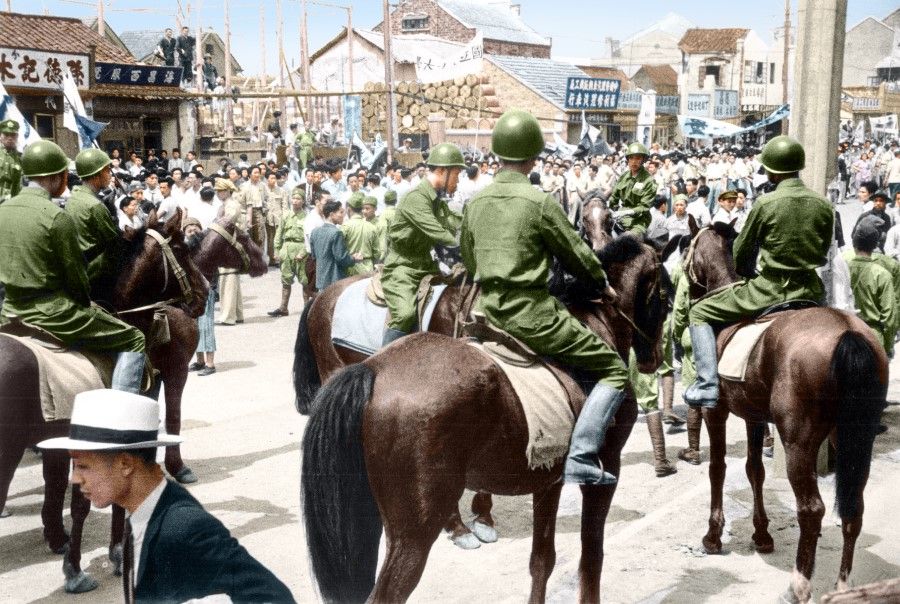
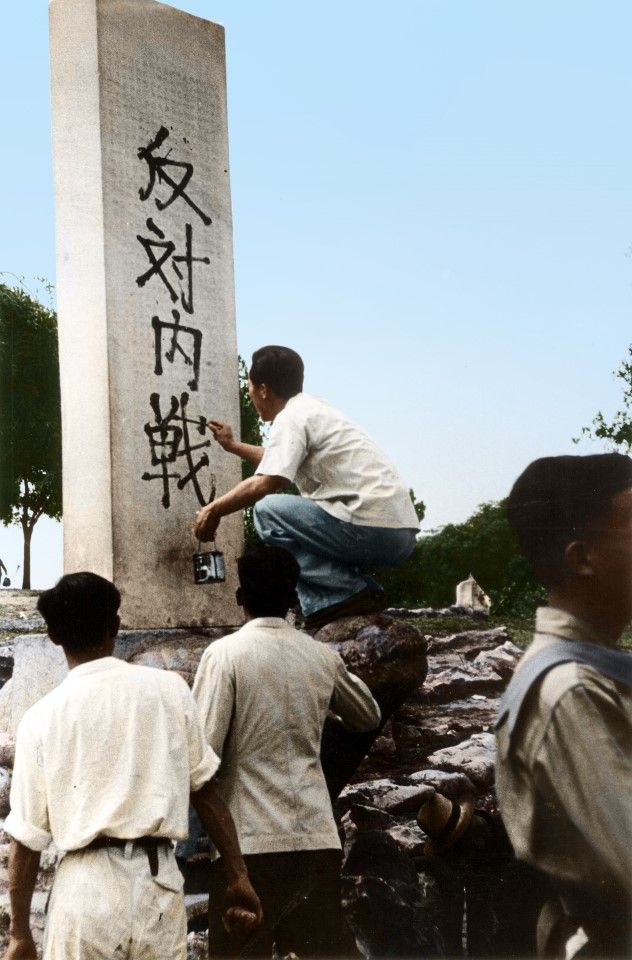

In the spring of 1948, in the absence of the CCP, the KMT government passed the new constitution drawn up by various camps. Representatives were chosen for the National Assembly, who then chose the president and vice-president; in May, Chiang Kai-shek and Li Tsung-jen (Li Zongren) were installed as the first president and vice-president.
During the election process, the various factions within the KMT openly attacked one another, and the continual conflict led to deepening grudges. After the presidential election, instead of becoming more united, the KMT became even more fractured, and its image suffered rather than improved.
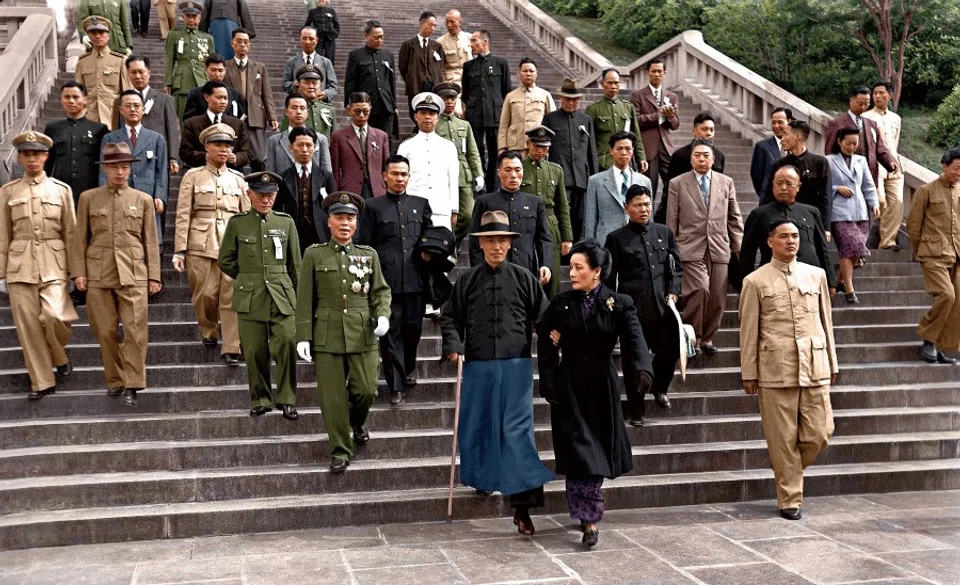
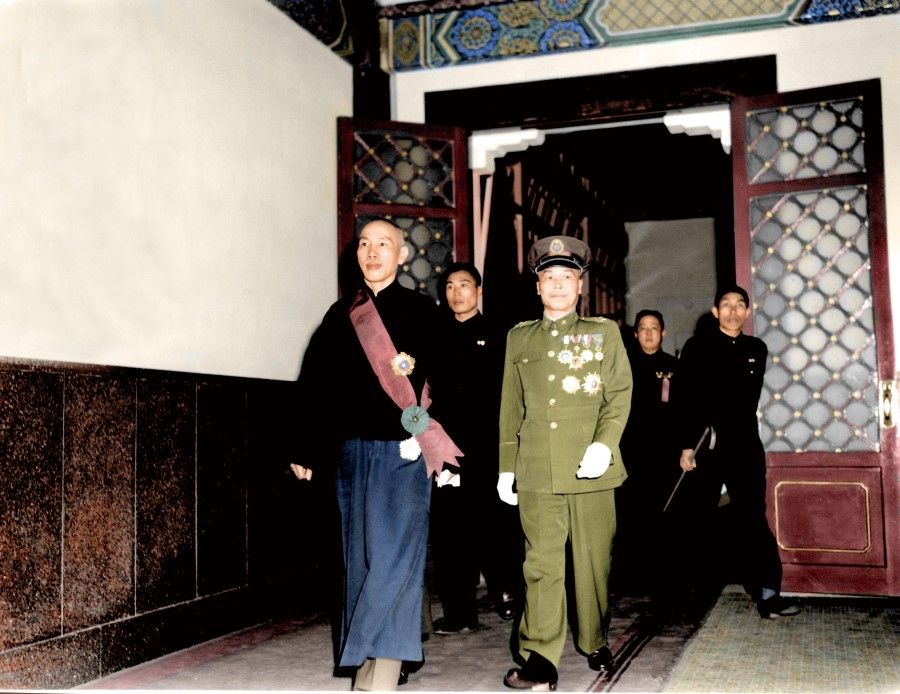
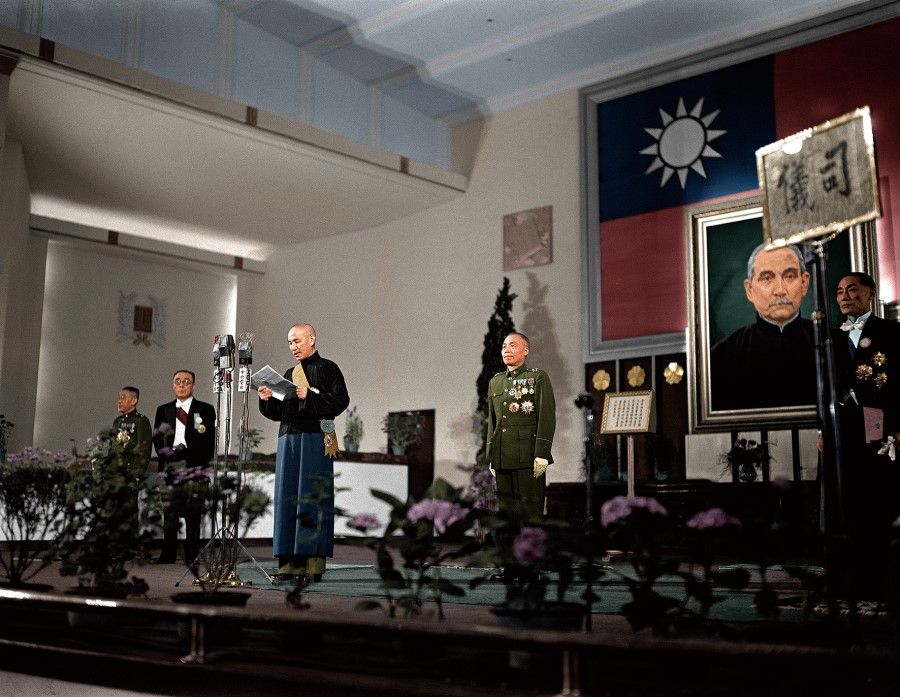
CCP shows it is a party for the people
The KMT government had planned to increase its political credibility by establishing a constitutional democracy - the exact opposite happened. During the election process, the various factions within the KMT openly attacked one another, and the continual conflict led to deepening grudges. After the presidential election, instead of becoming more united, the KMT became even more fractured, and its image suffered rather than improved.
In August, the KMT government introduced the Chinese gold yuan (金圆券) as a financial reform, intending to clean up the messy currency situation. However, it actually led to hyperinflation, and the currency value plunged while the people lamented in their fury. The KMT government lost the support of the middle-income group; now, it was not just the villages that welcomed the PLA, but even those living in the city also started to look forward to the PLA coming to help restore order and normal life.
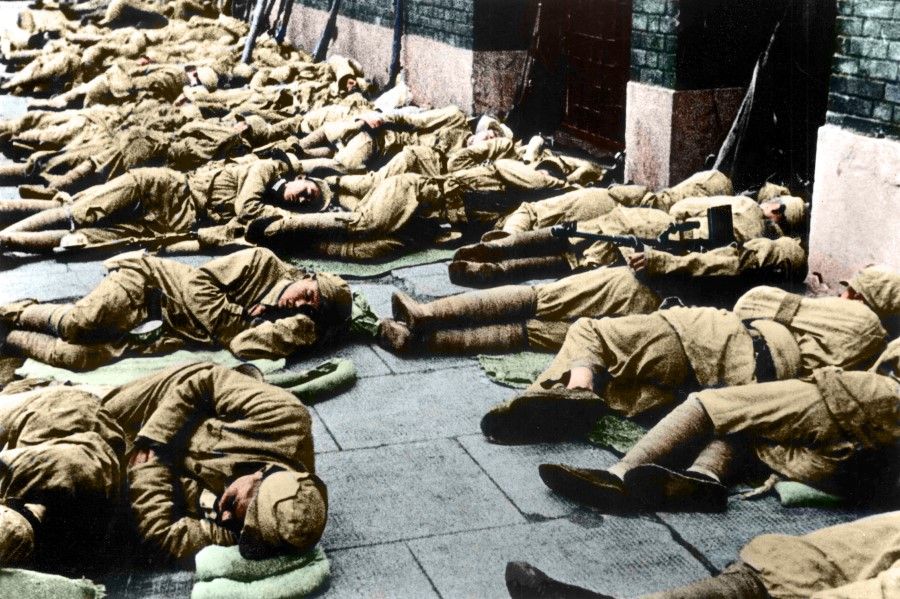
When the PLA entered farming villages, they helped on the farms and paid for their meals, and returned things that they borrowed. And when they entered the cities, the troops did not intrude into residences, but would sleep on the streets. Any soldier who did not obey the rules faced strict military punishment.
In July 1948, the PLA gathered its troops for an offensive on Jinan in Shandong, the first major city captured by the PLA. Mao's initial strategy was defensive, and after a strategic deadlock, he was now ready to enter the final stage of counterattack.
A last showdown
The KMT and CCP gathered millions of elite troops in northern and northeast China. The PLA held a wide expanse of farming villages and small to medium cities, and were gradually tightening their circle, while the KMT troops were trapped in a few large cities.
Between September 1948 and January 1949, the KMT and CCP engaged in the "Three Major Campaigns", where the PLA won decisive victories in the Liaoshen (Liaoning-Shenyang), Huaihai, and Pingjin campaigns - the whole of northern and northeast China fell under CCP control. The PLA was at its peak in terms of equipment, manpower, and combat ability; in contrast, the KMT lost its best troops, and internally it was a divided mess. On the surface, it still held territory south of the Yangtze River, with more than one million troops; in fact, the morale of its soldiers was low.
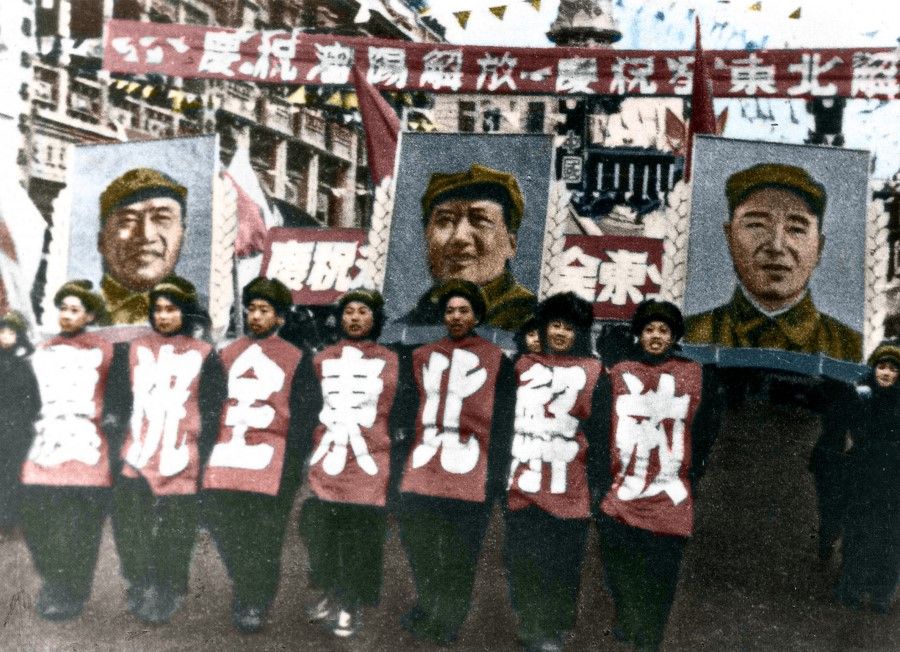
Under internal and external pressures, President Chiang announced that he was stepping down, and peace talks resumed between the KMT and CCP. However, the CCP representatives at the negotiation table no longer adopted a subservient stance as they did two and a half years earlier - they called for the KMT government to immediately lay down arms and surrender, and submit to reorganisation.
The arrival of New China
At the same time, Mao divided the PLA into four groups, in preparation to occupy the entire country. After months of logistical organisation, in April 1949 millions of PLA troops crossed the Yangtze River on a southward offensive. On 23 April, the PLA captured Nanjing, the capital of the KMT government, continuing to Shanghai, Wuhan, and southern and central China. Within about six months, the PLA had captured most of China, and the CCP had won the civil war.
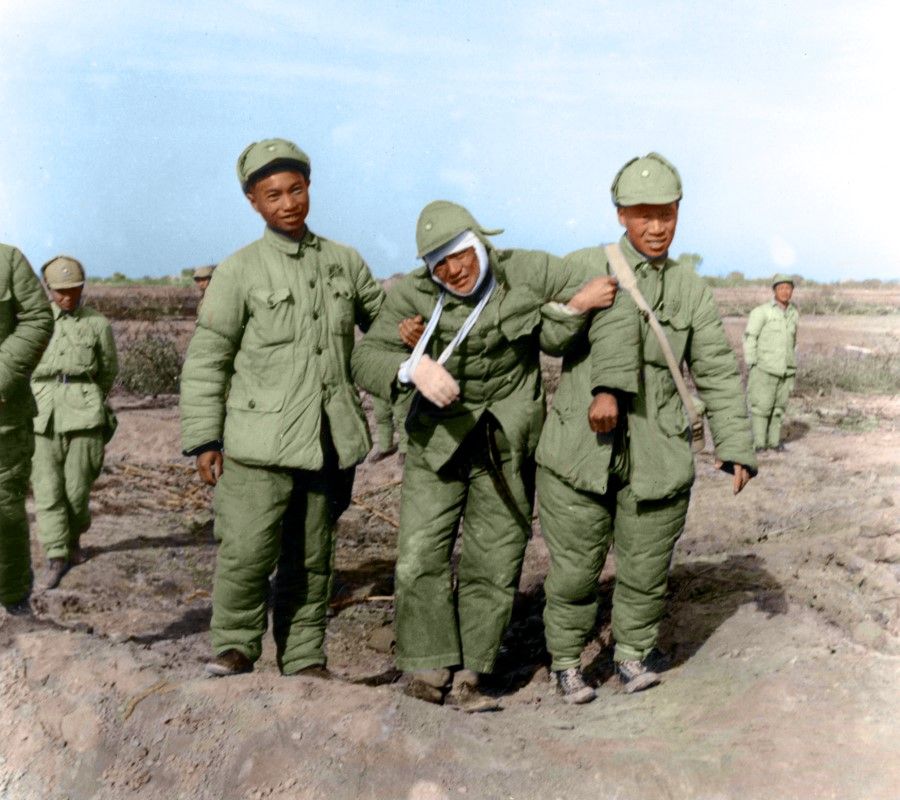
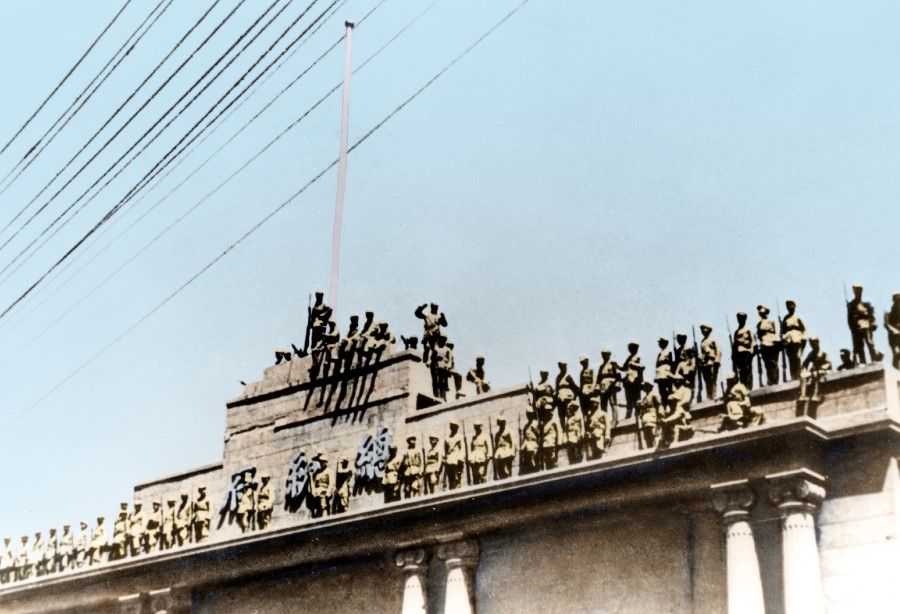


On 1 October 1949, the People's Republic of China was established at a ceremony in Beijing. After 28 years of struggle, from a dozen people at its first National Congress in 1921, the CCP had faced ups and downs and even near-demise. In the end, with extraordinary determination, it had overcome challenges before finally winning the ultimate victory to establish a strong party, army, and government.
And what kind of China would it be? The future was undoubtedly a huge test. With its firm belief and strict organisation, the CCP built a strong military machine and was seemingly invincible on the battlefield, but in times of peace, what kind of life would the people have with highly militarised social governance and a collective economy?
The Soviet Union in the 1930s under Stalin had given a preview of the collective economy, but how was a communist society to be established through Marxist ideas of collective ownership and class struggle? The progress of New China led a revolutionary experiment in human social structure, even as it evolved over the following century.
Chairman Mao's declaration that "the Chinese people have stood up" made a huge impact - it brought challenges and change, not just to China, but the whole world.
Related: [Photo story] Failure of the Double Tenth Agreement and the beginning of the Chinese civil war | Chiang Kai-shek and the 'President's Fish' at Sun Moon Lake | [Photo story] The Soong sisters and their place in Chinese modern history | Was Nixon's policy of engaging China a failure? | China idol: Mao Zedong makes a comeback among Chinese youth
